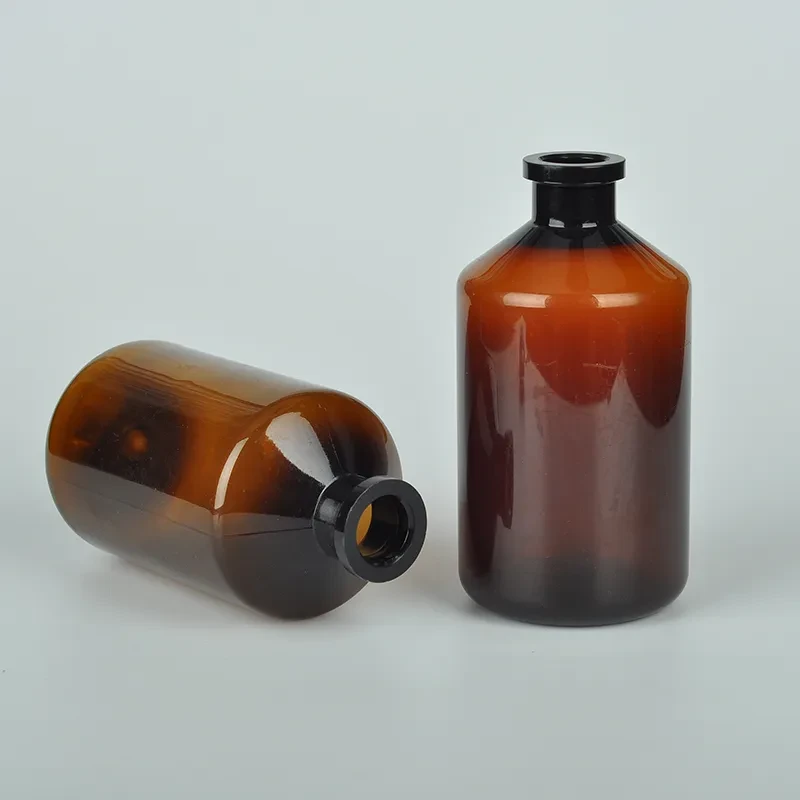https://www.wahmg.com/)">
blood sample tube colors
blood sample tube colors
Understanding Blood Sample Tube Colors
When it comes to blood testing, color-coded sample tubes play a crucial role in ensuring accurate and efficient analysis. Each color reflects the specific additives or preservatives contained within the tube, which are designed to facilitate different types of tests. Understanding these colors can help enhance proper specimen handling and analysis.
Red Top Tubes Red top tubes are one of the most commonly used sample containers. These tubes do not contain any additives, which makes them ideal for serum testing. They allow blood to clot naturally, and the serum can be easily separated by centrifugation. Tests that typically utilize red top tubes include basic metabolic panels, liver function tests, and thyroid function tests.
Understanding Blood Sample Tube Colors
Green Top Tubes Green top tubes are infused with heparin, another type of anticoagulant that inhibits blood clotting. They are often used for tests requiring plasma samples, such as ammonia, electrolytes, and certain hormonal assays. Heparinized blood can provide immediate results due to its rapid processing capability.
blood sample tube colors

Lavender or Purple Top Tubes These tubes contain ethylenediaminetetraacetic acid (EDTA) as an anticoagulant. They are commonly used for hematology tests, such as complete blood counts (CBC) and blood smears. EDTA keeps the blood cells intact, allowing for accurate cell counts and morphology examination.
Gray Top Tubes Gray top tubes contain sodium fluoride and potassium oxalate, which both prevent glycolysis (the breakdown of glucose), making them ideal for glucose testing. They are commonly used in situations where accurate glucose levels are critical, particularly in diabetes management.
Yellow Top Tubes While less common, yellow top tubes can either contain a gel separator or specific additives for blood cultures. The additive can vary, but these tubes are often used in microbiology to facilitate the growth of bacteria.
In conclusion, the color coding of blood sample tubes is an essential aspect of laboratory practice. It helps healthcare professionals quickly identify which type of tube to use for specific tests, ensuring that the specimens are processed correctly and that accurate results are achieved. Understanding these distinctions is vital not only for laboratory staff but also for clinicians and patients who rely on precise diagnostic information. Therefore, awareness of blood sample tube colors contributes significantly to the overall effectiveness of medical diagnostics.
-
Wholesale Plastic Juice Bottles with Caps 16 oz Options Available Bulk Packaging SolutionsNewsJun.10,2025
-
Laboratory Apparatus Reagent Bottle – Durable & Chemical Resistant Bottles for Safe StorageNewsJun.10,2025
-
Squeezable Dropper Bottles Durable, Leak-Proof & CustomizableNewsMay.30,2025
-
Affordable Plastic Petri Plates Sterile & Disposable Lab-GradeNewsMay.30,2025
-
Eye Dropper Caps Precision 24/410 & Plastic Bottle-Compatible TipsNewsMay.30,2025
-
Affordable Mini Spray Bottle Price & Wholesale Deals Shop NowNewsMay.29,2025





















